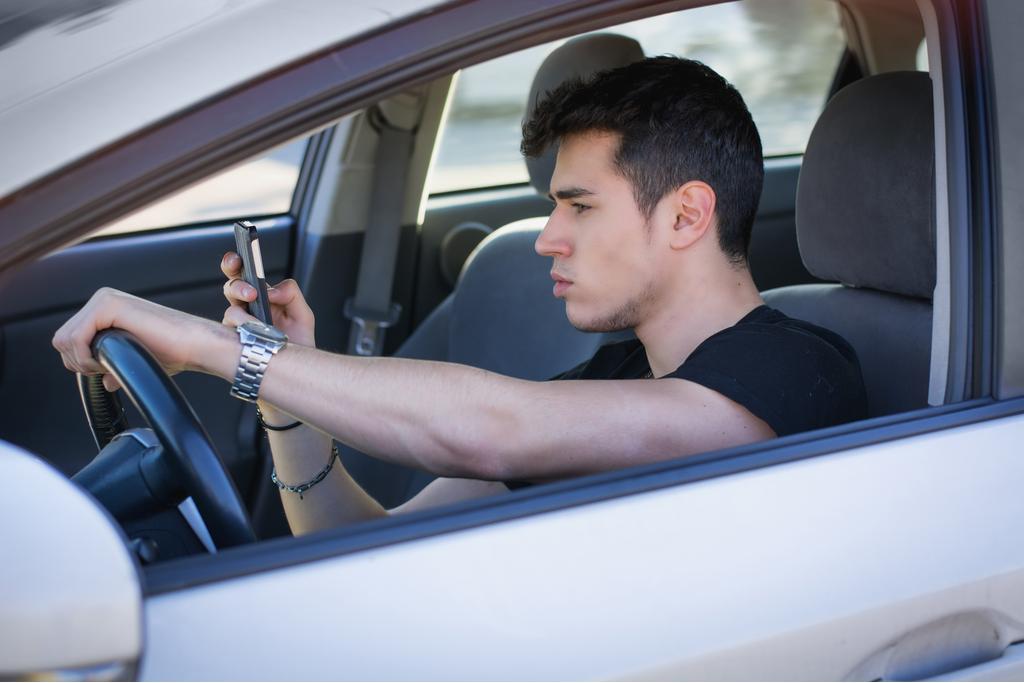
A few decades ago, public service announcements on TV would admonish parents: "It's 11 o'clock. Do you know where your children are?" In today's smartphone era we are continually connected to one another, and parents may feel confident that they know where their children are and what they're doing. But do they really? A new report suggests otherwise — at least where teen drivers are concerned.
Related: DUI Fatalities Continue Decades-Long Slide
Allstate's nonprofit organization, The Allstate Foundation, conducted a study of more than 1,500 teens and another 1,500 parents earlier this year. Researchers concluded that what moms and dads believe their teens are doing behind the wheel is quite different from what these young drivers are willing to cop to in a survey.
Here are some of the key findings:
- While 79 percent of teens admit to speeding, just more than half of parents believe their kid exceeds the speed limit.
- A near-unanimous 95 percent of teens admitted to being cited for a moving violation, though only 79 percent of parents believed their child had committed such an offense.
- Nearly a quarter of teens admitted to driving after drinking alcohol or using marijuana, yet only 7 percent of parents believed their child had driven under the influence.
- Although 87 percent of teens admit to using smartphones while operating a vehicle, only 63 percent of parents believed their young drivers had done so.
Meanwhile, parents are guilty of more than giving their teens the benefit of the doubt. The Allstate study also reported that 84 percent of parents admitted to speeding (5 percent more than the young drivers), and 88 percent of moms and dads admitted using their phones while driving, also slightly more than the kids.
"Teens continue to tell us their parents are the number one influence on how they drive, so as parents we have an important responsibility to model good driving behaviors," Allstate Executive Vice President Steve Sorenson said in a statement.
If an aversion to being a hypocrite is insufficient motivation for parents to set a good example, a reminder of the grave consequences of bad driving behaviors might. After all, car crashes are the leading cause of death among U.S. teens, according to the Centers for Disease Control and Prevention. Per mile driven, motorists ages 16 to 19 are nearly three times more likely to be in a fatal crash than drivers age 20 or older. According to a 2014 report from the National Highway Traffic Safety Administration, in 2012, 1,875 drivers ages 15 to 20 died in car crashes, and another 184,000 were injured.
"Fortunately, teen motor vehicle crashes are preventable, and proven strategies can improve the safety of young drivers on the road," the CDC stated.
The CDC recommends that parents make sure their young drivers are aware of the "Eight Danger Zones." They include: driver inexperience, driving with teen passengers, nighttime driving, not using seat belts, distracted driving, drowsy driving, reckless driving and impaired driving.
Graduated driver licensing programs specifically target these danger zones. GDLs reduce teens' exposure to high-risk situations while they're still novices by requiring learning periods of two months or more, minimum supervised practice hours and night or passenger restrictions. According to the Insurance Institute for Highway Safety, every state and the District of Columbia adopted a GDL between 1996 and 2006.
"Analysis shows that adopting GDL laws will lead to substantial decreases of crashes for this age group — anywhere between 20 and 50 percent," NHSTA stated.
No comments:
Post a Comment